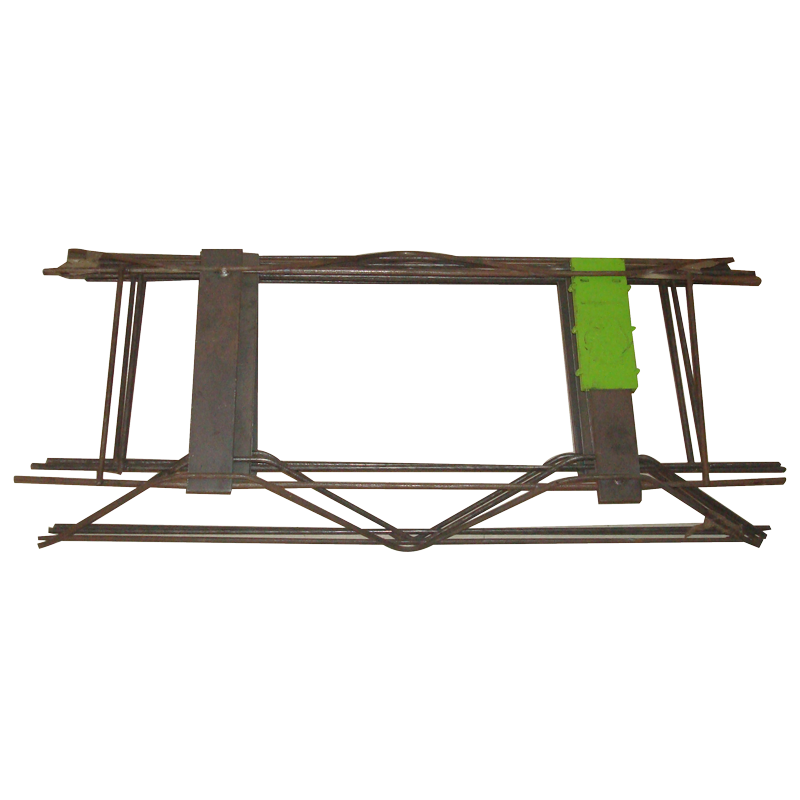
- Mobile Phone
- +8613931874955
- sales@cntcmetal.com
high temperature compression springs
High Temperature Compression Springs Design, Applications, and Benefits
In various industrial applications, the demand for high-performance components is ever-increasing, particularly in areas that involve extreme conditions. One such component is the high temperature compression spring. This specialized spring is engineered to withstand elevated temperatures while maintaining its mechanical properties, making it indispensable in many high-temperature environments.
Understanding Compression Springs
A compression spring is a type of spring that resists compressive forces. These springs are designed to compress when a load is applied, storing mechanical energy. Once the load is removed, the spring returns to its original shape, releasing the stored energy. The main characteristics of compression springs include their spring rate, load-carrying capacity, and deflection.
High Temperature Resilience
The significance of high temperature compression springs lies in their ability to perform under challenging thermal conditions. Standard springs may lose their elasticity, strength, or even structural integrity when exposed to high temperatures. High temperature compression springs are typically made from materials that can withstand heat, such as Inconel, stainless steel, titanium, or specialized alloys.
Material Selection
The choice of material is crucial in the design of high temperature compression springs. Inconel, for instance, is known for its excellent high-temperature strength and oxidation resistance. It maintains its mechanical properties even at temperatures exceeding 1000°F (538°C). Similarly, stainless steel springs, particularly those with a high chromium content, offer good corrosion resistance and can operate at moderately high temperatures.
Additionally, the manufacturing process also plays a vital role in enhancing the spring's performance. Techniques like hot coiling and special heat treatments can improve the overall durability and fatigue resistance of the spring, ensuring it can withstand both thermal and mechanical stresses.
Applications of High Temperature Compression Springs
High temperature compression springs find use in a wide range of applications across various industries
. These includehigh temperature compression springs

1. Aerospace In aerospace applications, springs must operate in extreme temperature conditions, particularly in engines and exhaust systems. High temperature compression springs are used in various flight control systems and landing gear assemblies.
2. Automotive The automotive industry relies on these springs in engine components, exhaust systems, and vehicle suspension systems. High temperature compression springs help maintain performance and reliability in conditions ranging from high heat during operation to exposure to harsh environmental factors.
3. Oil and Gas In oil and gas drilling operations, equipment is often subjected to extreme temperatures and pressures. High temperature compression springs are essential in downhole tools, valves, and various safety devices, ensuring functionality under challenging conditions.
4. Power Generation In power plants, particularly those involving fossil fuel combustion or nuclear energy, high temperature springs are used in turbines and other critical components to ensure operational efficiency and safety.
5. Manufacturing Many manufacturing processes, such as metal forming and heat treating, require components that can withstand substantial heat. High temperature compression springs are often utilized in machinery and production lines.
Benefits of High Temperature Compression Springs
The advantages of using high temperature compression springs are numerous. Primarily, their ability to operate reliably in extreme temperatures ensures the longevity and efficiency of the systems they are integrated into. Furthermore, these springs help improve safety by minimizing the risk of component failure, which can have catastrophic consequences in various applications.
Additionally, the use of high temperature compression springs may lead to enhanced design flexibility. Engineers can optimize designs for performance without worrying about the limitations of standard materials and springs. This enables the development of lighter, more efficient systems equipped to handle specific demands.
Conclusion
High temperature compression springs play a crucial role in modern engineering and manufacturing, particularly in sectors where performance under heat is vital. As technology continues to advance, the development of new materials and manufacturing processes will likely expand the capabilities and applications of these essential components. Whether in aerospace, automotive, or industrial machinery, the importance of high temperature compression springs is undeniable, making them a focal point for innovation in mechanical design.
share:
-
Your Source for Concrete Wall Ties and Masonry AccessoriesNewsJul.10,2025
-
Unlocking the Power of Iron Wire for Every ProjectNewsJul.10,2025
-
Explore Advanced Chain Wire and Stainless Steel Mesh FencingNewsJul.10,2025
-
Discover the Benefits of Annealed Wire ProductsNewsJul.10,2025
-
Discover China Stainless Steel Wire Mesh SolutionsNewsJul.10,2025
-
Build with Confidence Using High-Performance Masonry AccessoriesNewsJul.10,2025
-
Why Sacrificial Formwork Is Redefining Underground ConstructionNewsJun.06,2025



















